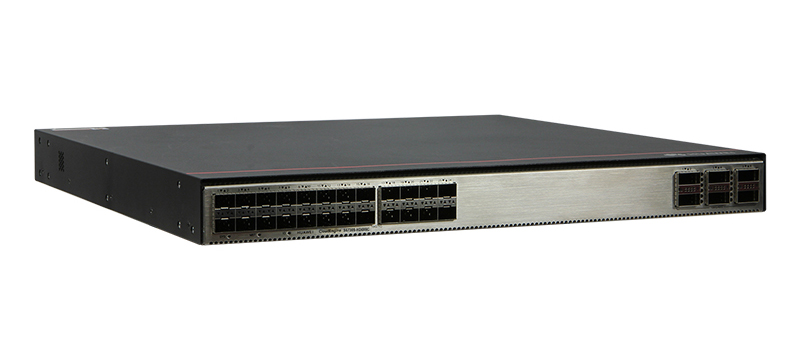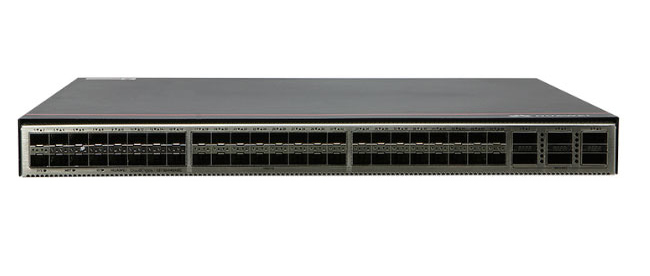































This article explains how to resize a volume with Disk Utility in macOS.
Fusion Drives that have been partitioned can be resized only with the version of Disk Utility that was initially used to create the Fusion Drive or newer.If your Fusion Drive was created with OS X Yosemite, for example, you can resize the drive with Yosemite or El Capitan, but not with any earlier version.
You can enlarge a volume as long as it's not the last volume on the drive.You must be willing to delete the volume that is directly in back of the one you want to enlarge, along with its data.
Make sure you have a current backup of all data on the drive you plan to modify.Here's how to enlarge a volume.
Launch Disk Utility, located atApplications>Utilities.
Or, type "Disk Utility" into Spotlight Search to bring up the application quickly.
Disk Utility displays a two-pane interface.Selectthe drive that contains the volume you want to enlarge.
:max_bytes(150000):strip_icc()/2selectthedrive-d74f6c6c83f3440eaf4e1aa5fbf78f4c.jpg)
SelectPartitionfrom Disk Utility's toolbar.
:max_bytes(150000):strip_icc()/3selectpartitionannotated-4a340e276bc24aacbd63ea12182f9924.jpg)
If the Partitionbutton isn't highlighted, you may not have selected the base drive, but one of its volumes.
SelectPartitionagain to confirm.
:max_bytes(150000):strip_icc()/4selectPartitionagainannotated-016db96065944699b80dbdd23f20ecaa.jpg)
You'll see a pie chart of all the volumes contained on the selected drive.You'll see what free space is availableandhow much space each volume occupies.
:max_bytes(150000):strip_icc()/5piecharg-723335002c874c22b2f6f7fa0ff41633.jpg)
To make one volume bigger, you'll need to delete another.Select thevolume you want to delete by clicking once within its pie slice.The selected pie slice turns blue, and the name of the volume is displayed in the Partition field. (In this example, we're selecting and deleting the volumeMore Stuff.)
:max_bytes(150000):strip_icc()/6selectoneannotated-fa68761a9b534bb4bd94cb7b367775d5.jpg)
Tap the minus icon at the bottom of the pie chart to delete the selectedvolume.The partitioning pie chart shows you the expected outcome of your action. SelectApplyto continue orCancelto stop these changes from being made.
:max_bytes(150000):strip_icc()/7minusapplyannotated-43d0b0d6cfba4ecba293e5a31cfd0918.jpg)
If you applied the changes, the freed-up space is added to your remaining volume.
You can also use the pie chart divider to adjust the size of the pie slices, but be careful; if a slice you want to adjust is small, you may not be able to grab the divider. Instead, selectthe small pie slice and use the Size field.
It would be nice if you could resize volumes without having to delete a volume and lose any information you have stored there. With the new Disk Utility, that isn't directly possible, but under the right circumstances, you can resize without losing data, although in a somewhat complicated manner.
For example, you have two volumes on your selected drive, Stuff and More Stuff. Stuff and More Stuff each take up 50% of the drive space, but the data on More Stuff is only using a small part of its volume's space.
You can enlarge Stuff by reducing the size of More Stuff and then adding the now free space to Stuff. Here is how to do that:
Make sure you have a current backup of all the data on both Stuff and More Stuff.
LaunchDisk Utilityand select the drive that contains both theStuff and More Stuffvolumes.
:max_bytes(150000):strip_icc()/1launchandselect-38667c60b04e4e9aaed87154589e7501.jpg)
SelectPartition from Disk Utility's toolbar.
:max_bytes(150000):strip_icc()/2selectPartitionannotated-c6da052e7bd44aa9867ccc3800b5fe96.jpg)
Select the More Stuffvolume from the pie chart.
:max_bytes(150000):strip_icc()/3morestuff-2ad9f41802bd4816a43ccd108f76974e.jpg)
Disk Utility allows you to reduce the size of a volume as long as the current data stored on it still fits within the new size. In this example, we'll reduce More Stuff to 45 GB. Next toSize, enter 45 GB and then pressEnter or Return.
:max_bytes(150000):strip_icc()/4morestuff445-899b4d3a187945069ceac1d7b43a87e3.png)
The pie chart shows the anticipated results of this change. SelectApplyto commit to the new partitioning.
:max_bytes(150000):strip_icc()/5apply-b7b5e3b338f04619b157888c7b418ef7.jpg)
Select Partitionto confirm. In the next section, we'll add the freed up space to Stuff.
:max_bytes(150000):strip_icc()/selectpartitiontoconfirm-6ba896e9d39749e59efc229b46399a4d.jpg)
Now we'll add the newly freed-up space to "Stuff."
Select the untitled volume you just created, and then selectRestore.
:max_bytes(150000):strip_icc()/untitledrestoreannotated-5bb859ab7f9e4755947668c9f91abc1b.jpg)
Next toRestore From, select More Stuff, and then selectRestore.
:max_bytes(150000):strip_icc()/MoreStuffrestoreannotated-f4b082e9db8143c0a3d8e343f2094d77.jpg)
The restore process may take a few minutes. When it's finished, selectDone.
:max_bytes(150000):strip_icc()/Donetoconfirmannotated-f030f1ecfe71435fa6a81c407ca62bac.jpg)
Now, we'll complete the volume resizing process.
Select the drive that contains the volumes you've been working with, and then selectPartition.
:max_bytes(150000):strip_icc()/1selectpartitionannotated-e649a1eb861f4cd890392cb1705c35a5.jpg)
In the partition pie chart, select theMore Stuffvolume you used as the source in the previous section, and then select theminus buttonto remove it, adding its space to theStuff volume.
:max_bytes(150000):strip_icc()/2selectandminusannotated-a1072fc6fe12458c92bc81f1791a33dd.jpg)
The More Stuff data is restored to the remaining volume. SelectApplyto finish the process.
:max_bytes(150000):strip_icc()/3spplyannotated-c1d5ccc4283746ef96fc2e6a72c37399.jpg)
ClickApplyto finish the process.
Understanding how resizing works in Disk Utility will go a long way toward helping you resize a volume without experiencing any loss of information.
As you can see, resizing with the new version of Disk Utility can be simple, as shown in the first example, or convoluted as in the second example. In the second example, you could also use a third-party cloning app, such as Carbon Copy Cloner, to copy the data between the volumes.
So, while resizing volumes is still possible, it has become a multi-step process. Nevertheless, Disk Utility can still resize volumes for you; just plan ahead and be sure to have current backups.
 Tags quentes :
Computers
Tags quentes :
Computers